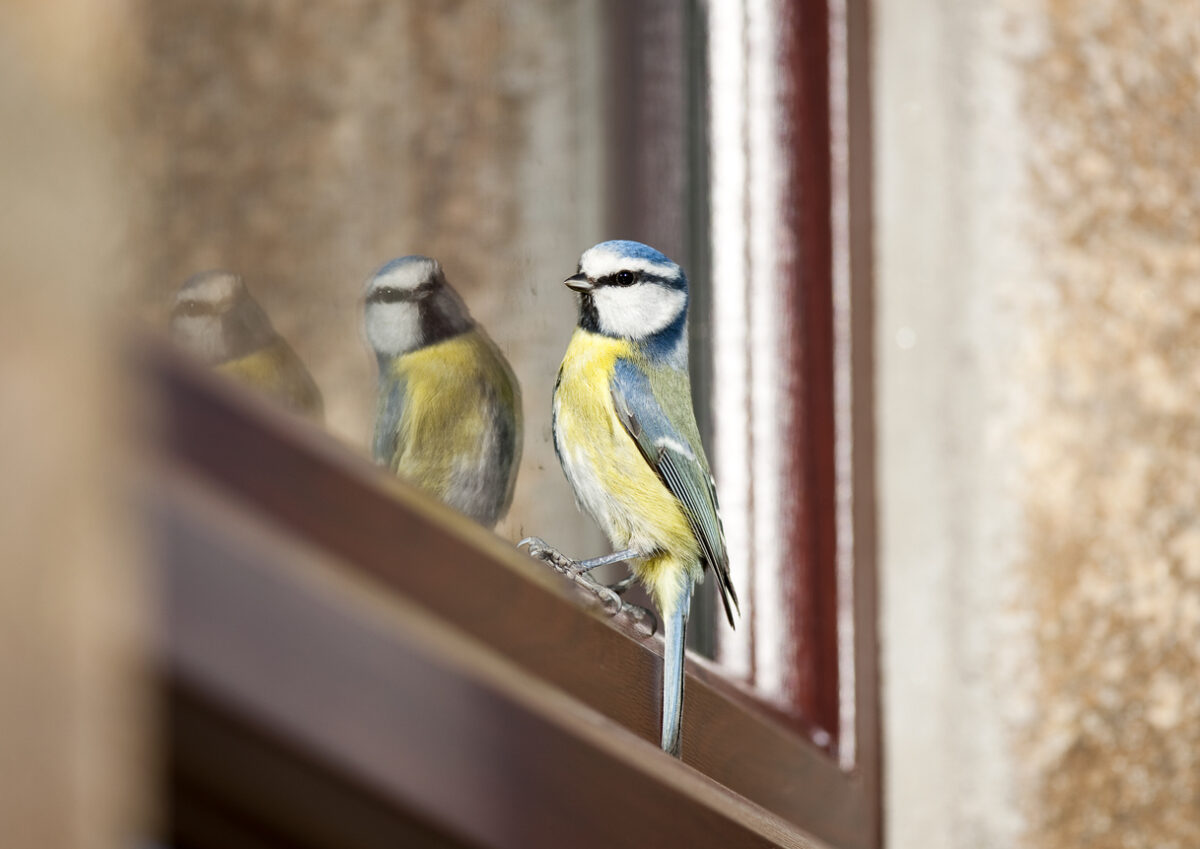

We may earn revenue from the products available on this page and participate in affiliate programs. Learn More ›
Watching birds collide with your home’s windows can be distressing. While it seems odd that these nimble creatures fly into windows at all, there is a logical explanation for this behavior.
From the outside, a house’s windows often reflect what is in the yard. Birds may not see glass or your home’s interior when they look at a window for this reason. Instead, they recognize the reflection of trees in your yard, which look just like the real thing to them. When birds hit your windows, they’re likely trying to land among those “trees,” and the mix-up fatally injures birds with tragic regularity.
Fortunately, you can protect your feathered friends by making your windows more bird-friendly. These cheap and easy fixes go a long way to prevent birds from flying into your home’s windows.
RELATED: What to Do If a Bird Flies Into Your House
1. Window Decals
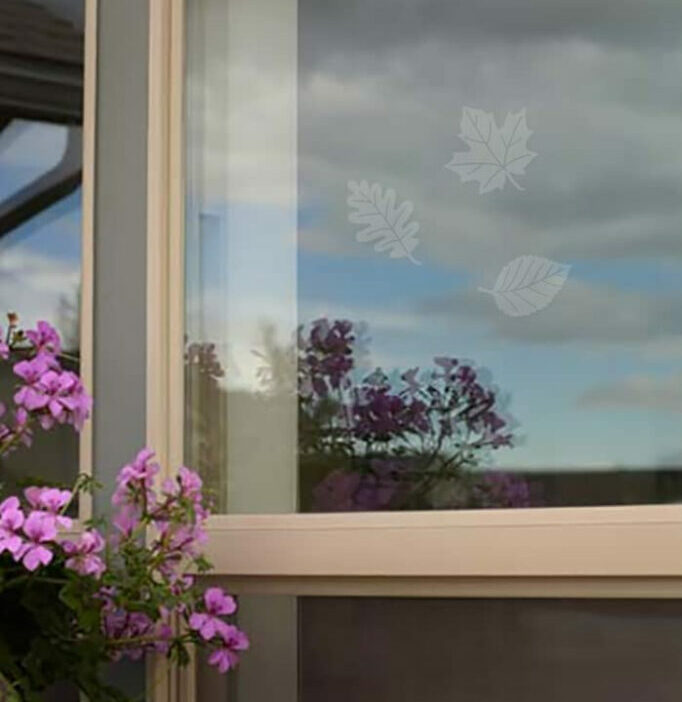
Window decal stickers can help birds realize that your glass is a solid surface to be avoided. In order to effectively stop birds from crashing into windows with decals, place them very close together. Leave about 2 inches of space between each decal, otherwise the birds may attempt to fly into the “open” spaces between stickers. WindowAlert’s window decals, which come in a variety of simple, nature-inspired designs, use a UV reflective material that signals to birds that a window is not open air to fly through.
RELATED: The Best Window Films Tested for Privacy and More
2. Bar Soap
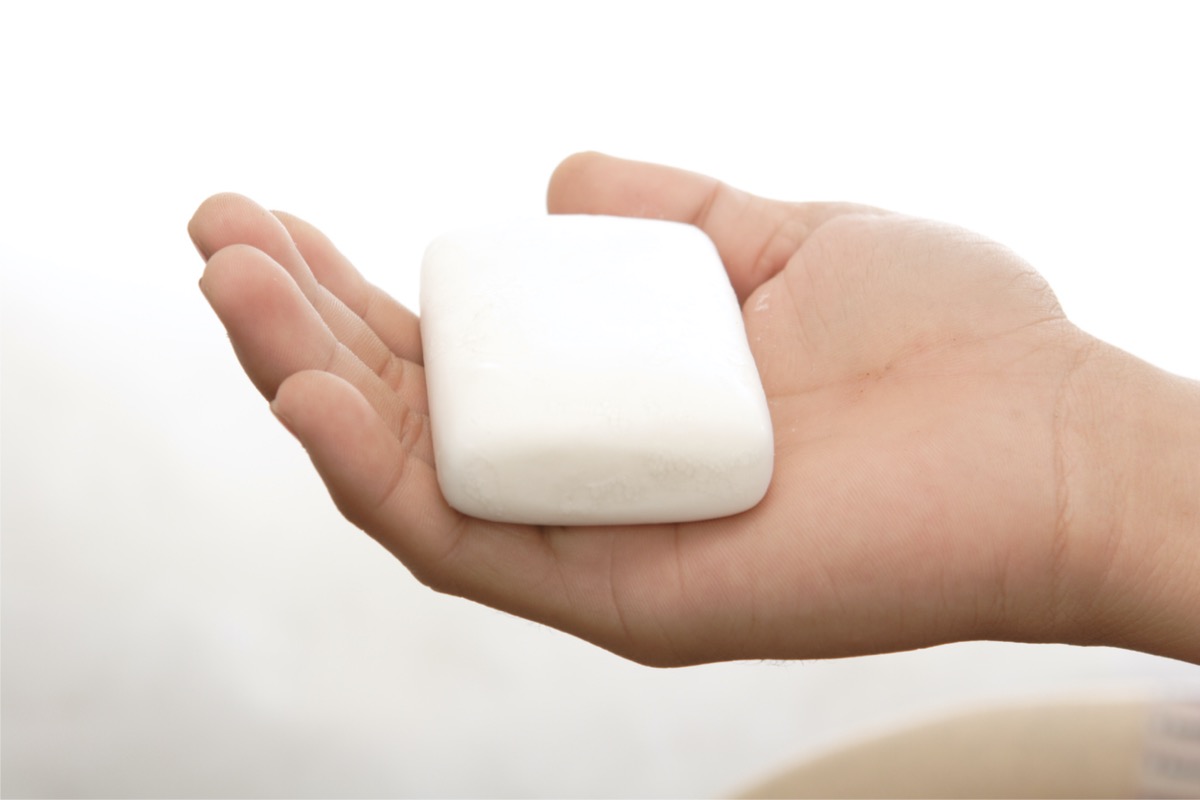
Another way to visually distinguish your windows for birds can be achieved with an everyday bar of soap. Draw patterns on your window using a dry soap bar, and take care to not leave any gaps between streaks wider than 2 inches. As with window decals, birds will see the soap residue on the glass surface, making flying accidents less likely. Just be sure to reapply the soap patterns after it rains or you’ve cleaned the windows.
RELATED: How to Clean Windows
3. Bird Repellent Discs
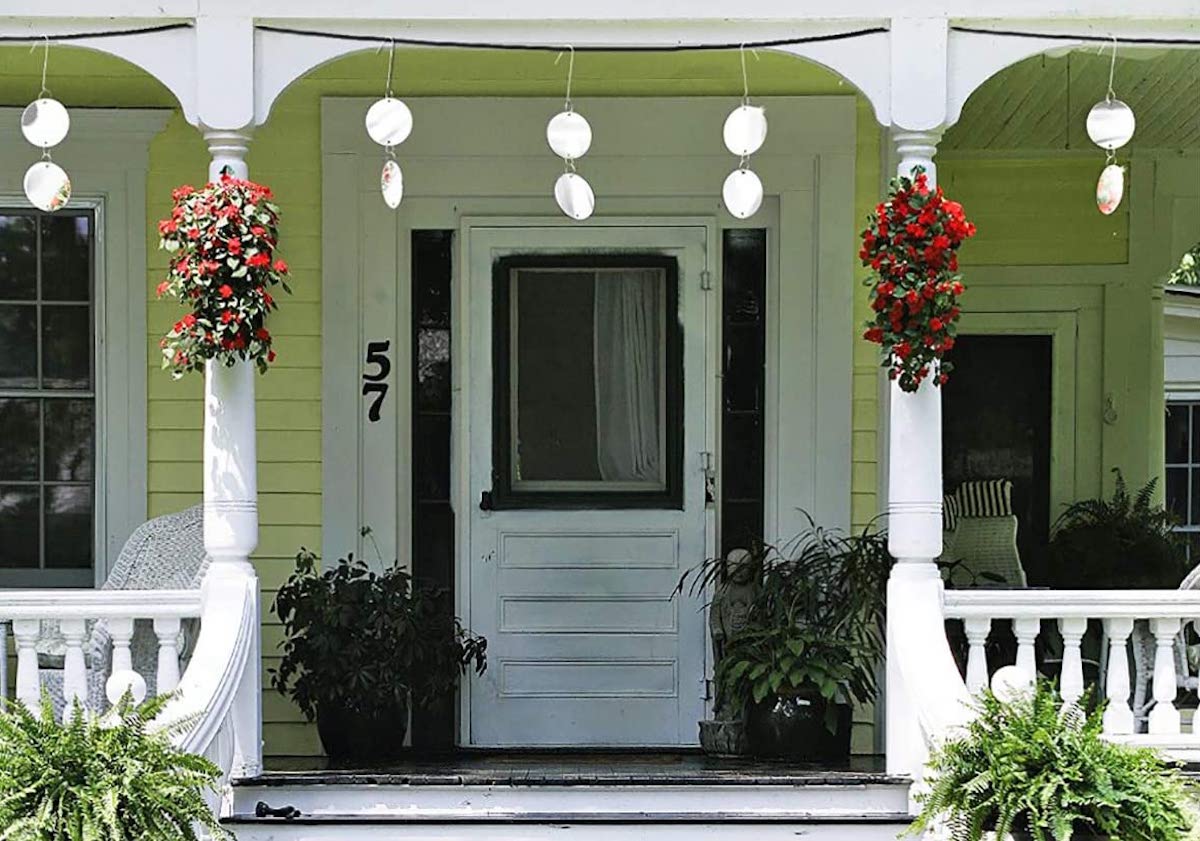
Hanging reflective discs around windows are an effective and humane bird deterrent. These bird repellent discs, a favorite in our guide to the best bird deterrents, are designed to hang along the tops of windows or awnings of your house. As the discs naturally rotate, they reflect sunlight to discourage birds from flying into windows or getting too close to your house. If you have bird feeders in your yard, double-check that they aren’t positioned too closely to reflective disks or other bird deterrents.
4. Netting
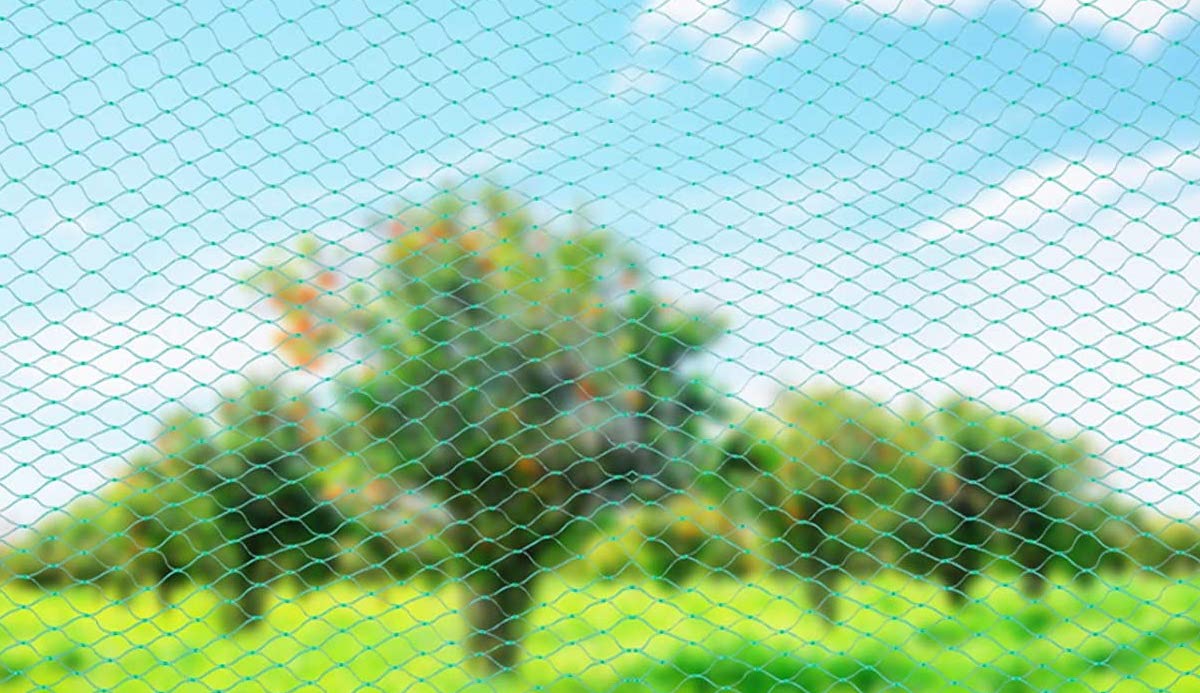
Another bird-proofing option is the addition of netting around problem windows. A net can serve as both a visible and physical boundary to block birds from hitting your windows. Make sure the net hangs a few inches from the window and is pulled taut, so any birds that fly at the window will bounce off. A taut net should also keep birds from becoming entangled in the material. Bouncing off a net is much less painful and dangerous for birds than crashing into a window.
RELATED: Is There a Bird Trapped in Your Chimney? Here’s What to Do.
5. Bug Screens
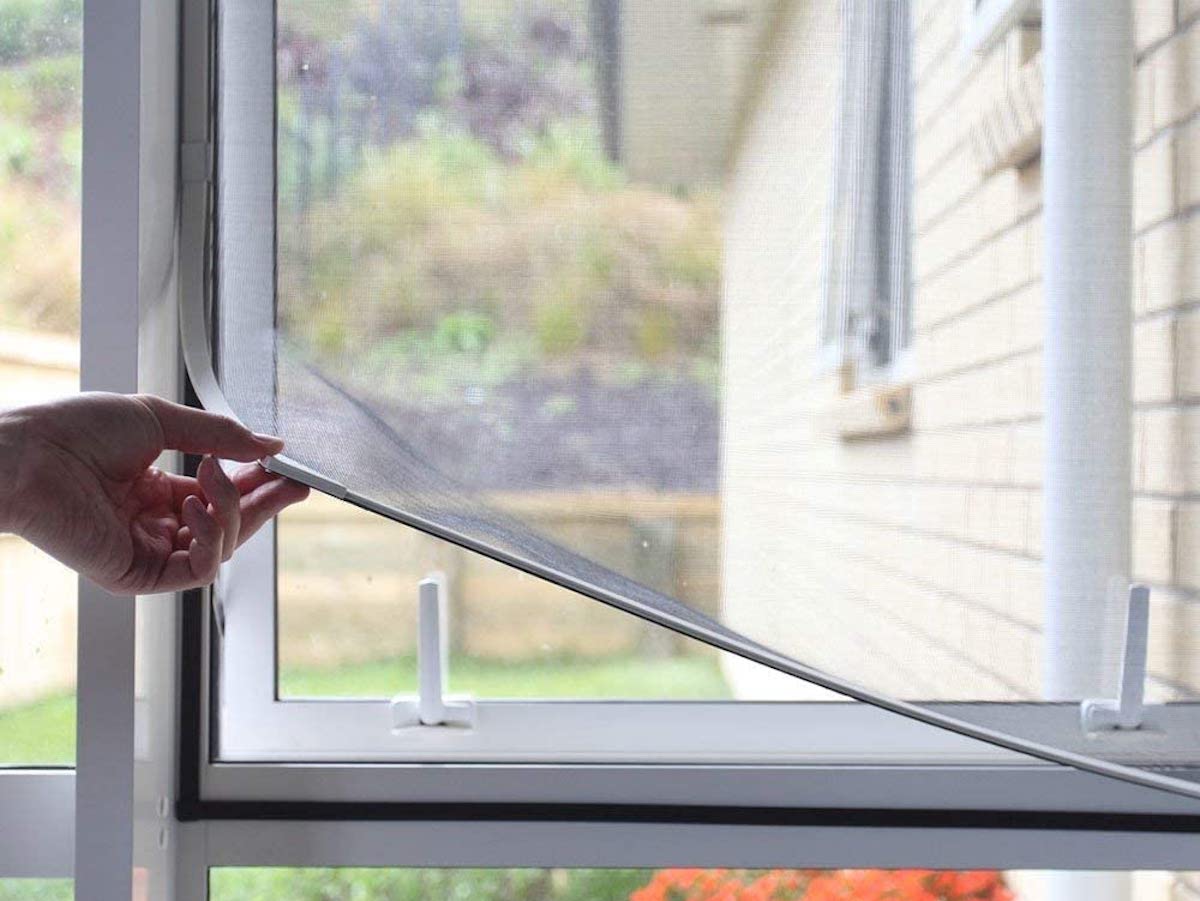
Installing bug screens on your windows should work in the same way as netting. Incoming birds will first hit the screen, which will either prevent or significantly diminish any window impacts. However, to be at their most effective, bug screens need to span the entire window—not just the bottom half of the window, as is often the case with built-in screens.
6. Bird Tape
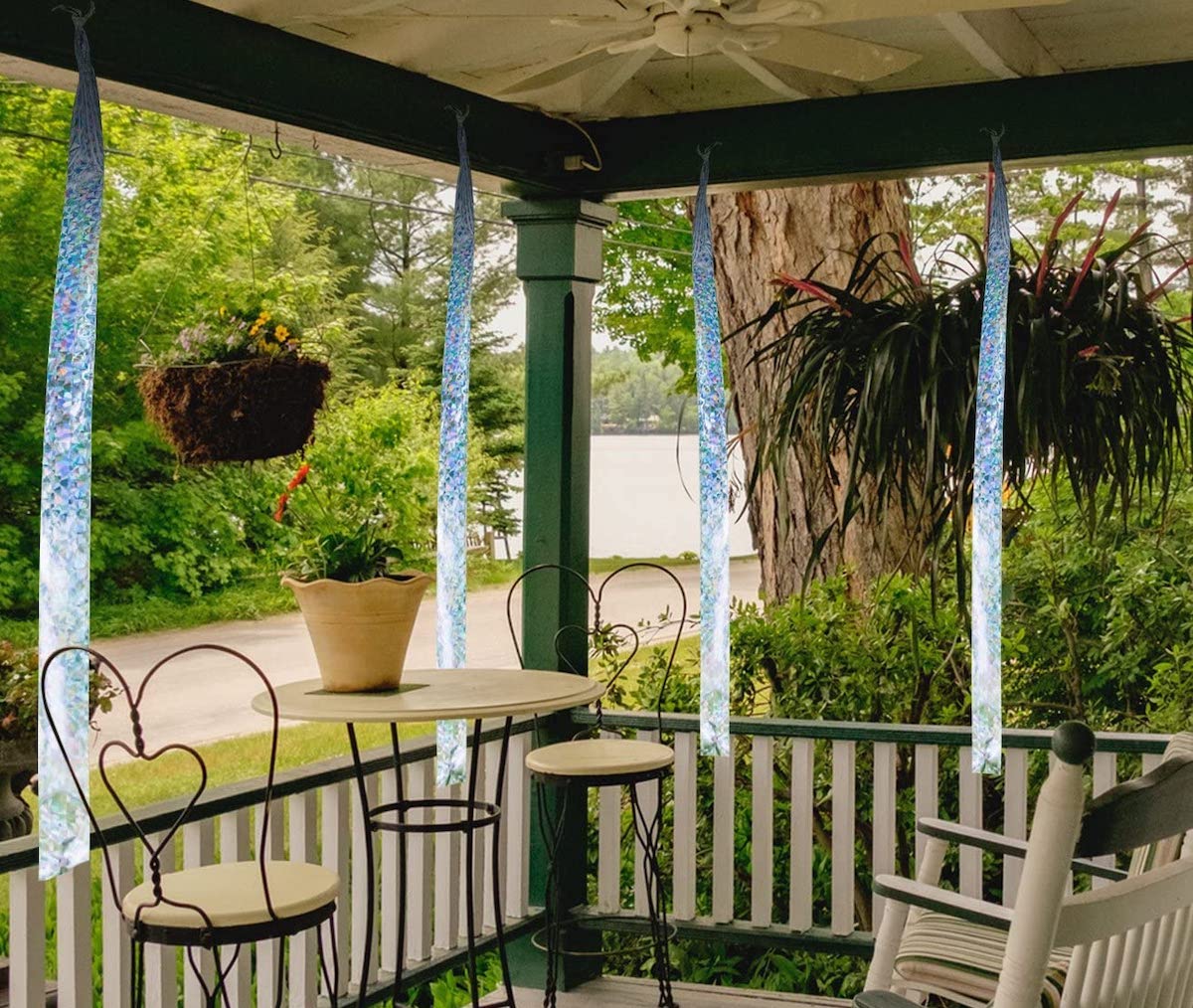
Bird tape is a humane deterrent with a unique reflective finish. Placing it on your windows, with no gaps wider than 2 inches between strips, should heavily discourage birds from flying into them. Bird tape is nontoxic and won’t cause any harm to birds in your yard. If you don’t have bird tape, you can also use chart tape to accomplish the same goal.
7. Exterior Window Shutters
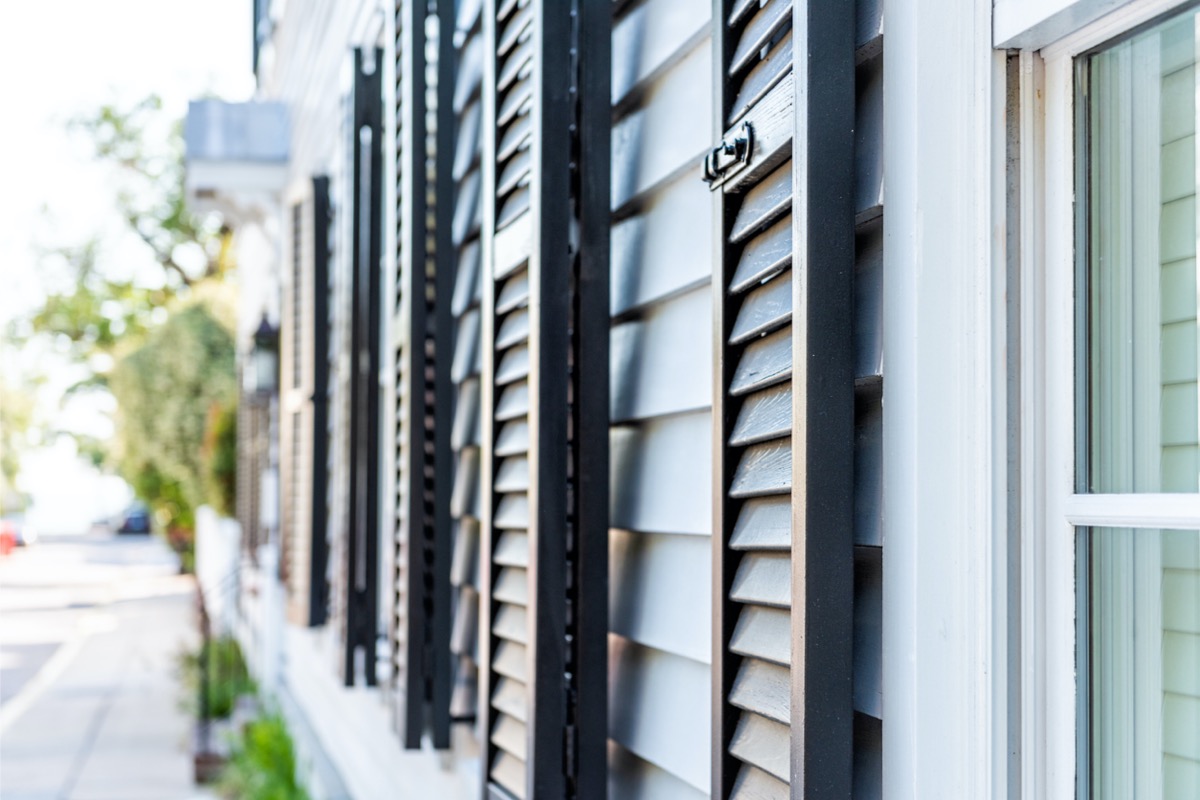
If you have exterior window shutters, keeping them closed as much as possible should avert bird accidents altogether. Closing your shutters eliminates much (if not all) of your exterior’s glass surface area, which should prevent birds becoming confused by reflections. Shuttering your house’s windows also has the added benefit of reducing energy consumption on hot days, since your home won’t heat up as much when the sun faces your windows.
8. Bird Feeder and Bath Location

Whether you’re feeding birds in winter or summer, the placement of bird feeders and bird baths can affect their likelihood of flying into windows. Bird feeders should either be 3 feet or fewer away from your home, or at least 30 feet away. From a distance of only 3 feet, birds taking off at your windows should have their speed (and injuries) kept to a minimum. When they are 30 feet or farther from the house, birds may be able to see the windows for what they are: a part of your house.
RELATED: The Best Squirrel-Proof Bird Feeders, Tested and Reviewed
9. Window Awnings
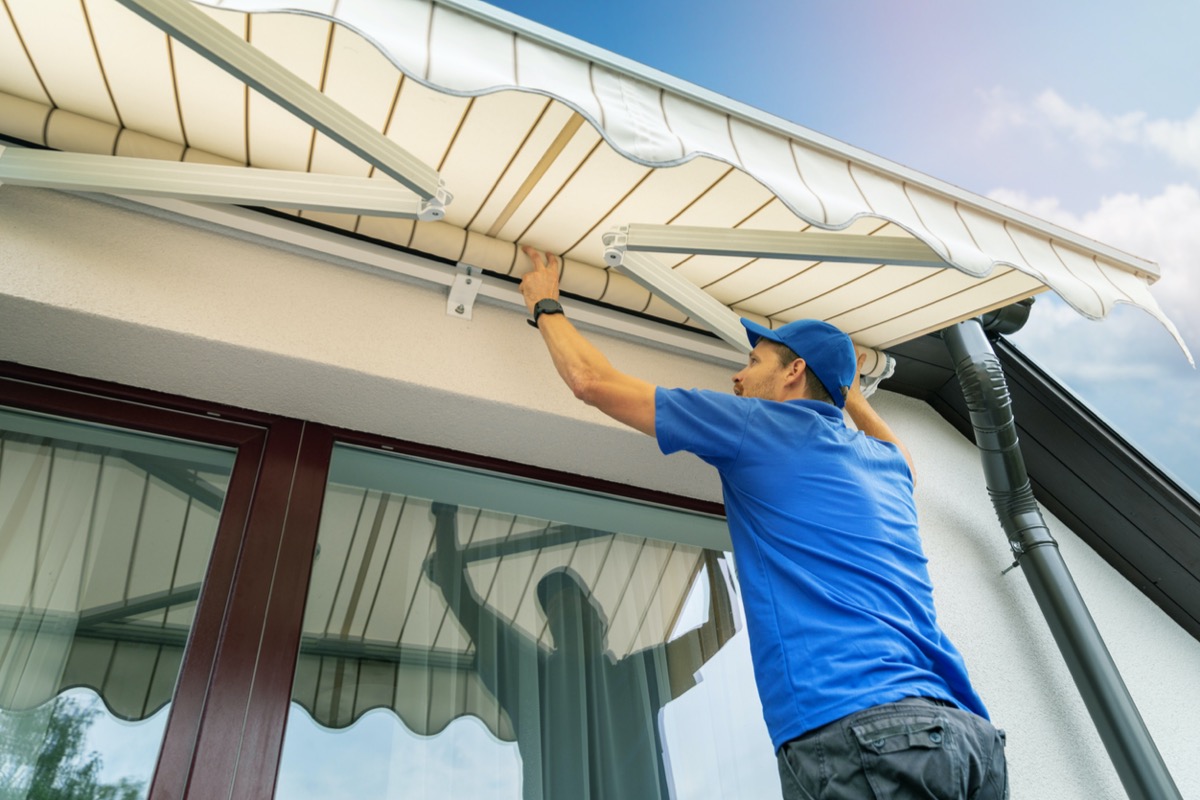
Awnings help reduce window reflections, making it less likely that birds will fly at “trees” in your windows. Some awnings are fixed, others are motorized to retract and operate via remote control, and retractable awnings with no remote control can still be operated with a hand crank. Regardless of which type you opt for, installing an awning over problem windows or glass doors could make a big difference for birds around your home.
RELATED: The Best Shade Sails for Your Patio, Deck, or Yard, Tested
10. Window Treatments
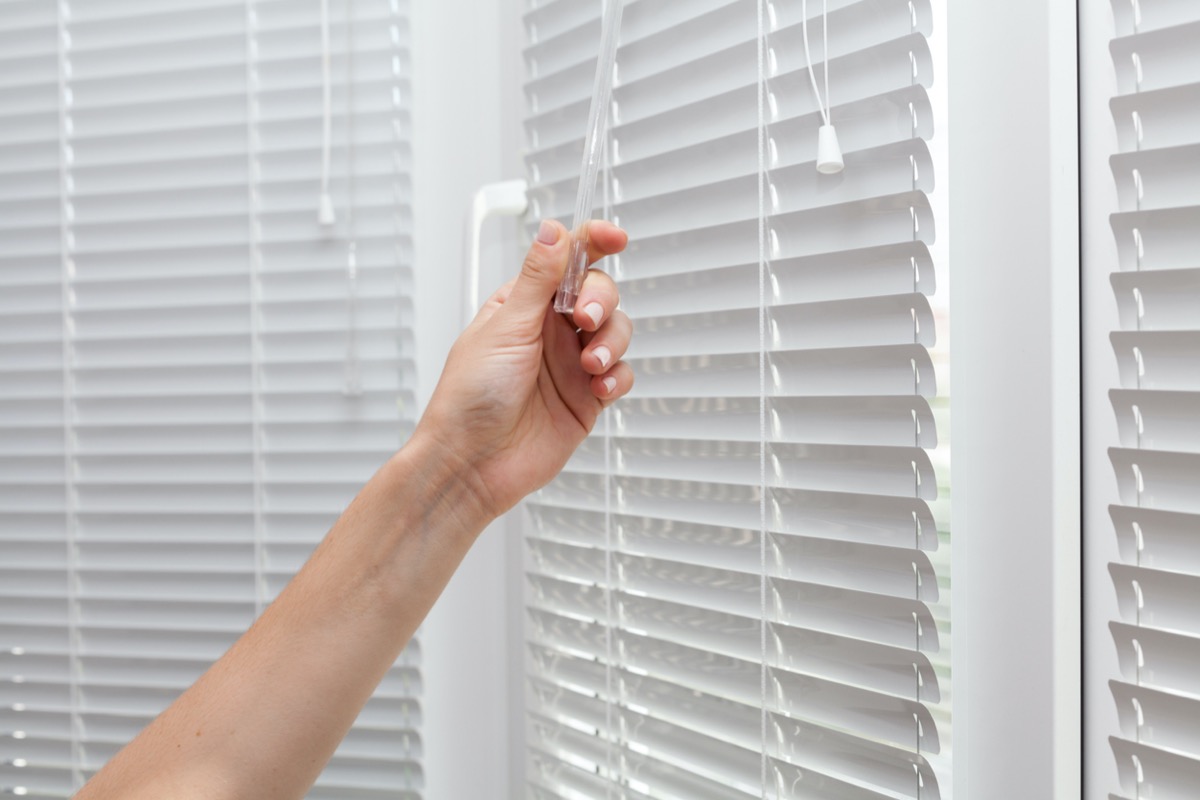
It may seem counterintuitive, but covering your windows from the inside helps to reduce window reflections birds see from the outside. If you have window shades or curtains, aim to keep them closed when you don’t need ambient light in a room. Vertical blinds should be left at least halfway closed to keep birds from seeing tree reflections in a window.
11. Turn off Lights at Night
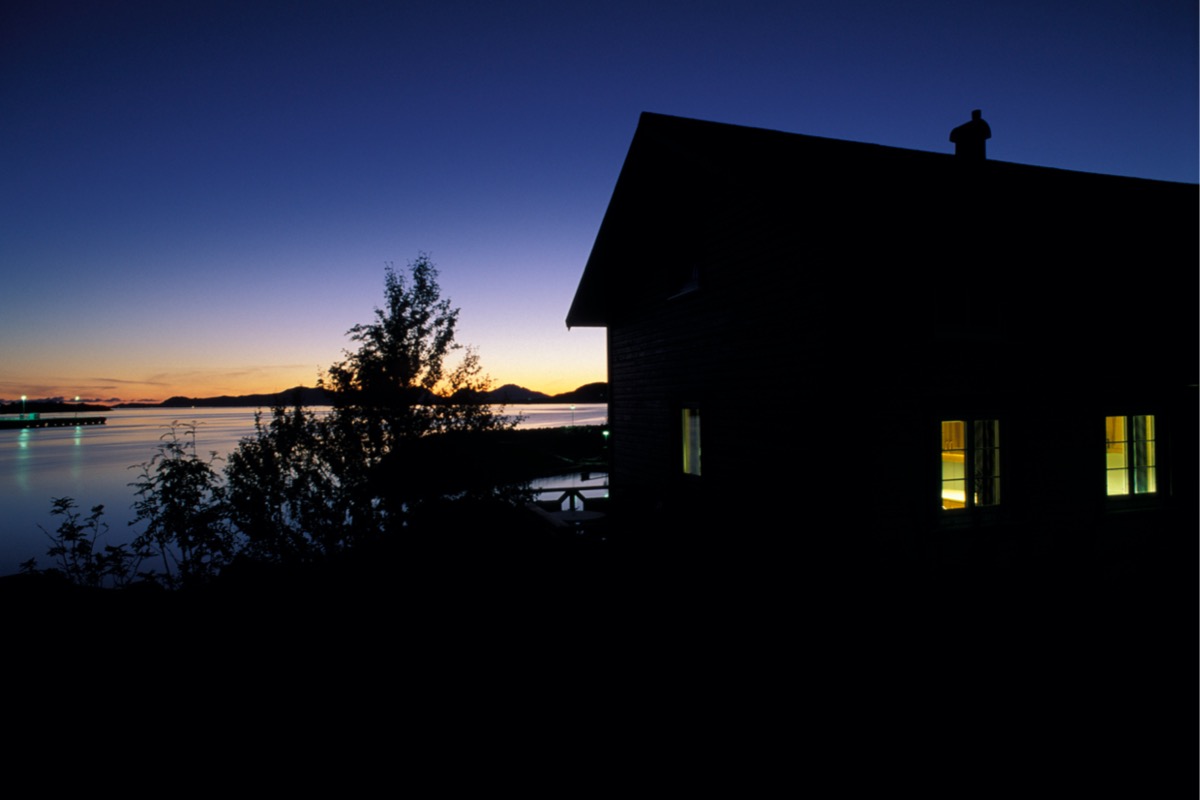
If you leave your curtains or blinds open at night, consider turning off unnecessary lights inside your home. Windows can be even more reflective at night than the day, and artificial light from inside a window can confuse birds. If a bird becomes disoriented while flying around your house after sunset, they could end up flying into your windows.
